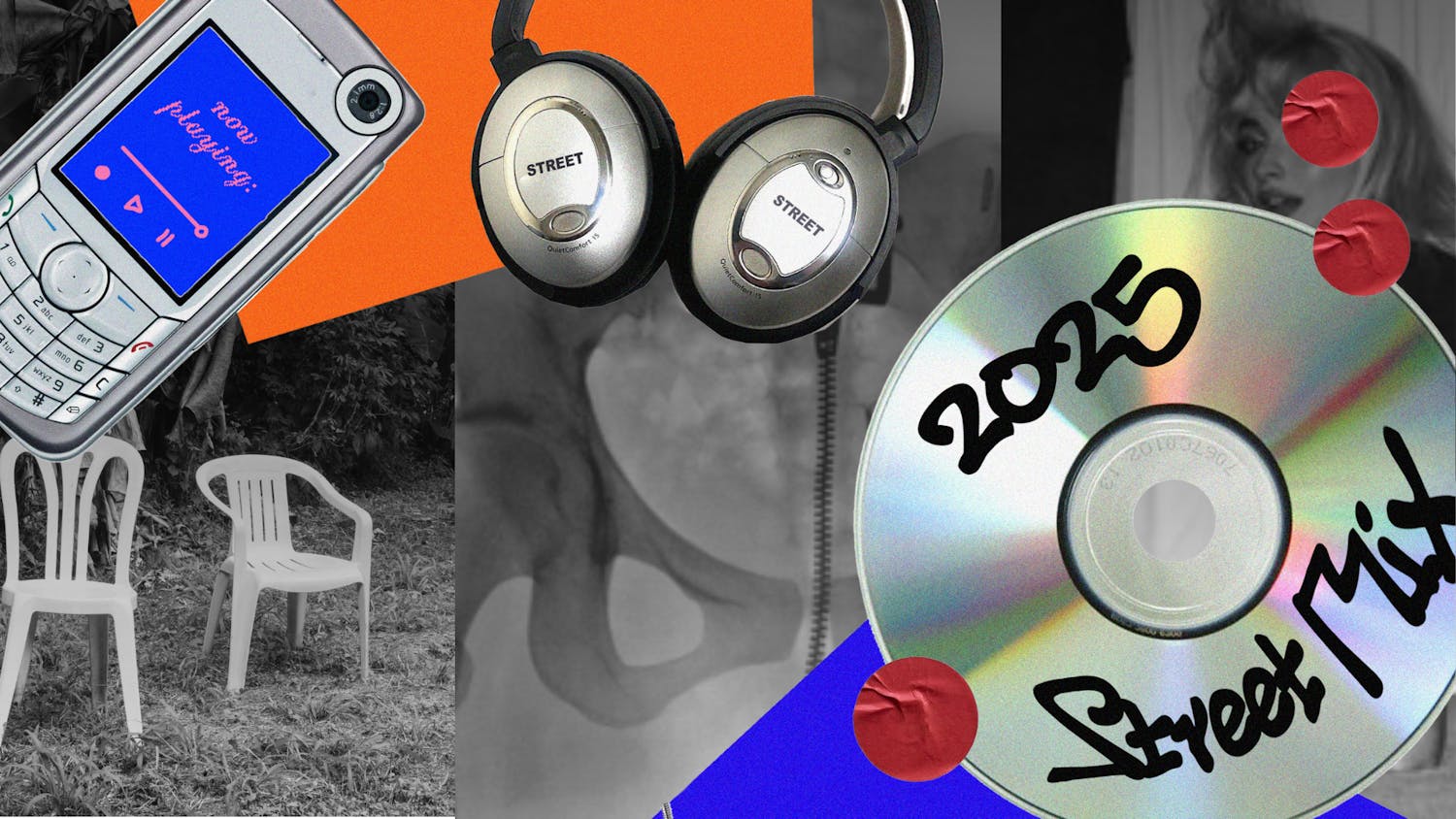It’s easy to forget that there is a whole musical world out there full of artists who are taking their own traditional styles and fashioning them into contemporary masterpieces that challenge our preconceptions of what music is, has been and will be. Sure, we’ve given it a name — you’ll find many of these artists dumped in the “World Music” bin at any record store, but that’s the very reason we’ve forgotten about them. Some greats have managed to make their way into the mainstream musical lexicon — Ali Farka Touré, Tito Puente, Ladysmith Black Mambazo. But could that really be it? Street is here to point you to some artists from around the world who remain in dusty World Music racks or lost as tracks on a Putumayo compilation.
Habib Koité
Mali
Somewhere in between the layers of his virtuoso guitar-plucking and hauntingly beautiful vocal lines Koité has the ability to soothe even the most restless soul. Singing in English, French and Bambara means there’s a high likelihood that the majority of the time you won’t understand what he’s saying — but it makes little difference. With a West African all-star backing band, Bamada, Koité has followed in the tradition of his compatriot, Ali Farka Touré, but also brings a modern edge to his music that gives it a versatility that can appeal to all. At times, you feel like you’re listening to a straight blues riff, but then you’ll notice Koité’s unconventional pentatonic scale and dense polyrhythms. With a few releases on the behemoth of World Music labels, Putumayo, Koité’s on the rise internationally. So check out some of his recordings and then check him out on Sunday, March 14 at Annenberg. We can’t think of a better way to cure a Spring Break hangover.
Go get: Muso Ko (1995)
Debashish Bhattacharya
India
Prodigies always run the risk of becoming novelty acts. Making his lap steel guitar debut on All India Radio at the age of four, Debashish Bhattacharya certainly was a child prodigy. But over the years, Bhattacharya has used his incredible lap steel talents not to show off to gaping crowds, but to create music that is contemplative, evocative and easily digestible. Playing a set of self-designed slide-guitars, what he calls the “Trinity of Guitars,” Bhattacharya has built upon the Hindustani classical tradition, infusing blues and creating what can only be described as a form of musical poetry that transcends continents.
Go get: Mahima (2003), with Bob Brozman
Mahmoud Ahmed
Ethiopia
Mahmoud Ahmed’s music, to the Western ear, has all the qualities of the exotic, the other, the alien. His vocal lines pulse, vibrate, quiver and shake over looping Ethio-jazz rhythms that are trance-like in their intricacy. Ahmed uses his voice in a way that defies all expectations. Rather than providing the comfort of verse/chorus vocal structures, Ahmed approaches singing as another tool for ornamentation, as important and free as the psychedelic sax lines that are so important to his music. The result is music you can space-out to, sleep to, study to or just sit back for an hour, close your eyes, focus on the sounds and get transported to a musical world you never believed existed
Go get: Soul of Addis (1997)
Rita Indiana y Los Misterios Dominican Republic We don’t know much about this explosion of sounds coming out of the DR, but what we do know, we really, really like. Rita Indiana, a novelist and poet, has come together with a group of likeminded (read: totally insane) musicians and amalgamated the sounds of the Caribbean through the lens of contemporary electronica and indie. Some are saying they are Latin America’s response to Animal Collective, but we find the comparison a little strange. While the trippy vocal lines and multi-dimensional harmonies share some common ground, Rita Indiana’s music has the flare and structure of centuries-old merengue that gives it an edge. Keep your ear to the sea — we have a feeling this group of loveable nutjobs will be making their way over here soon.
Go get: “Jardinera” (2009)






